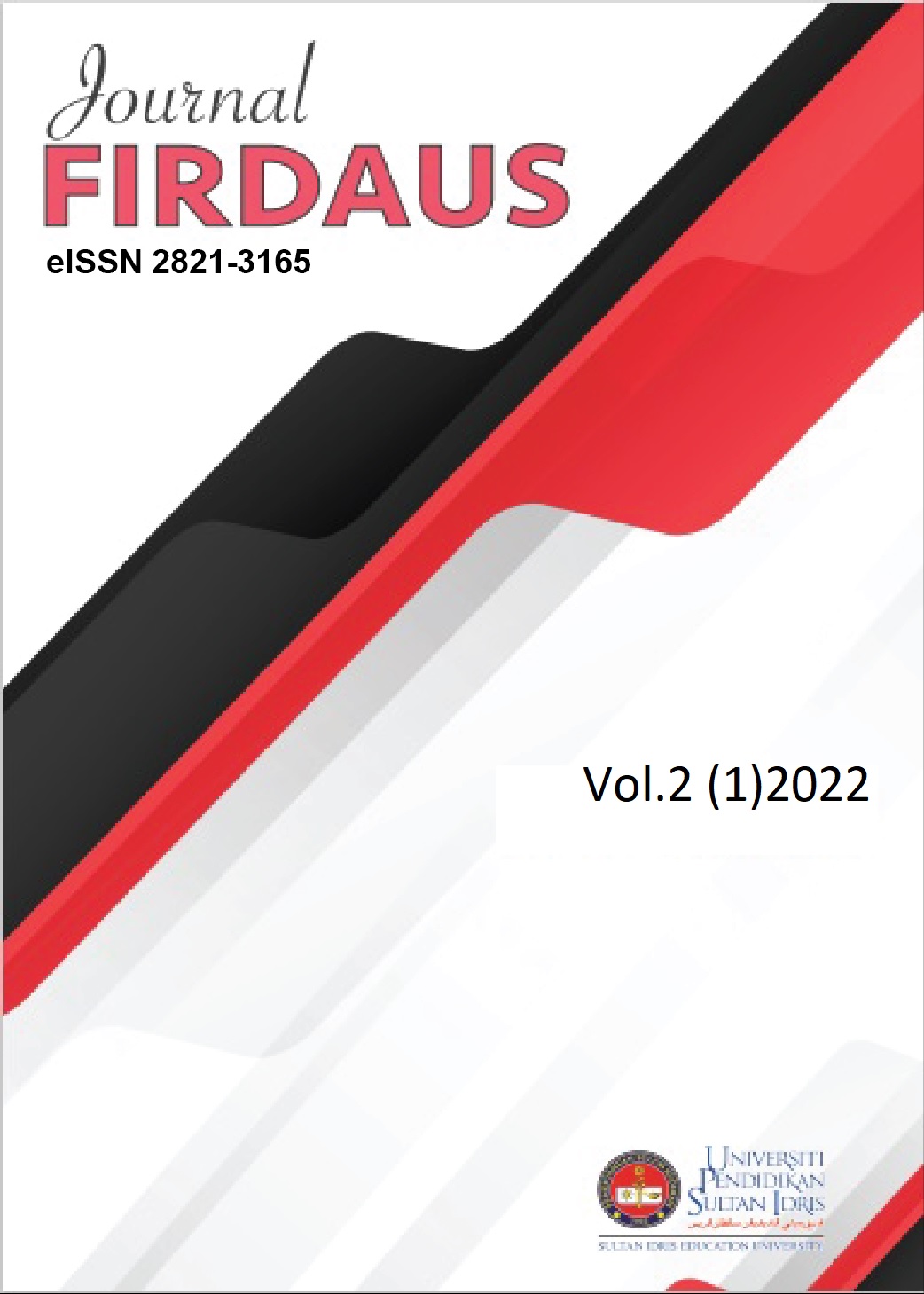Deciphering the Stereotyping of Arabs, their language and religion by the Bruneians
DOI:
https://doi.org/10.37134/firdaus.vol2.1.2.2022Keywords:
Arabs, Islamic names, Islamic terms, Brunei, stereotypeAbstract
This study examines the stereotype on Arabs by the Bruneians’ points of view. It investigates Arabic terms related to race and faith. The data used in this study were drawn from an online questionnaire. About 185 Bruneians participated in the survey. Quantitative and qualitative approaches were used to analyse the data. The findings revealed that the majority of the respondents associate the “Arab” term with Islamic perspectives. About half of the respondent were aware of the fact that being an Arab is not necessarily means being a Muslim. The researchers argued that there is a conflict between the term “Arab” and the faith “Islam”. The majority of the respondents also believed that the use of Islamic greeting “Salam” and the use of Islamic phrases such as “InshaAllah” and “Alhamdulillah”, are only confined to Muslims.
Downloads
References
Brockelmann, C. (1943). History of Arabic Literature (2nd ed). Leiden: E.J. Brill.
Creswell, J. W. (2009). Research design: Qualitative, quantitative, and mixed method approaches (3rd ed.). Thousand Oaks: Sage Publications.
Brown, Ch., Ali, H., Stone, E., & Jewell, J. (2017). U.S. Children’s Stereotypes and Prejudicial Attitudes toward Arab Muslims. Analyses of Social Issues and Public Policy, 00(00), pp. 1-23.
Chua, B. S., Jasmine, A. M., Lailawati, M., Chan, H. Z., Asong, J., Ho, C. J., Suwaibah, Z., Rosnah, I., & Shamsul, A. B. (2013). The Perception of Characteristics, Behaviors, Cultures and Traditions toward Own and Other Ethnic Groups. International Journal of Asian History, Culture and Tradition, 1 (1), 1-10.
Said, E. (1981). Covering Islam: How the media and the experts determine how we see the rest of the world. Pantheon Books: New York.
Said, E. (1995). Orientalism. London: Penguin Books (original work published 1978).
Gibb, H., & Kramers, J. (1974). Shorter Encyclopaedia of Islam. Ithaca: Cornell University Press.
Haji Serudin, P. J. (2013). The Malay Islamic Monarchy: A Closer Understanding. Trans to English. National Supreme Council of the Malay Islamic Monarchy, Brunei Darussalam.
Harb, C. (2016). The Arab region: Cultures, values, and identity. In M. M. Amer & G. H. Awad (Eds.), Handbook of Arab American psychology (pp. 3–18). Routledge/Taylor & Francis Group.
Huari, Z. (27 September, 2017). Numbers of Arab Christians... Museum of Numbers and Stormy Changes (2/8). Alaraby Aljadid. https://www.alaraby.co.uk/أعداد-المسيحيين-العرب-متحف-الأرقام-والتحولات-العاصفة-2/8.
Kevorkova, N. (30 Jan, 2015). 'We Palestinian Christians say Allahu Akbar'. RT. https://www.rt.com/op-ed/227871-palestinian-orthodox-christian-bishop/
Lindstedt, I. (2018). Pre-Islamic Arabia and Early Islam. Routledge Handbook on Early Islam.
Marciano, H., Kimhi, S., & Eshel, Y. (2020). Predictors of individual, community and national resiliencies of Israeli Jews and Arabs. International Journal of Psychology, 55(4), pp.553-561.
Mathiyazhagan, T., & Nandan, D. (2010). Survey research method. Media Mimansa, pp 34-82.
Nydell, M. (2012). Understanding Arabs: A contemporary guide to Arab society (5th ed.). Boston: Nicholas Brealey Publishing.
Operario, D., & Fiske, S. (2003). Stereotypes: Content, Structures, Processes, and Context. In R. Brown & S. Gaertner (Eds.), Blackwell handbook of social psychology: Intergroup processes. Malden, MA: Blackwell.
Patoari, M. (2019). The rights of women in Islam and some misconceptions: An analysis from Bangladesh perspective. Beijing Law Review, 10, pp.1211-1224. https://doi.org/10.4236/blr.2019.105065
Pauker, K. B., Ambady, N., & Apfelbaum, E.P. (2010). Race salience and essentialist thinking in racial stereotype development. Child Development, 81, pp. 1799-1833.
Saeed, A. (2007). Media, racism and Islamophobia: The representation of Islam and Muslims in the media. Sociology Compass, 1(2), 443–462.
Schirrmacher, T. (2010). Is it appropriate that Arab Christians call God Allah? Theologische Akzente, 1-13.
Schneider, D. J. (2004). The Psychology of Stereotyping. Guilford Press: New York.
Shamsul, A. B. (2011). Kesepaduan dalam Kepelbagaian: Perpaduan di Malaysia sebagai Work-in-progress. Bangi: Penerbit Universiti Kebagsaan Malaysia.
Stadlbauer, S. (2012). A journey to a “Pure Islam”: Time, space, and the resignification of ritual in post 9/11 faith testimonies of Muslim women. Narrative Inquiry, 22(2), 348–365.
Tan, A., Dalisay, F., Zhang, Y., Han, E. J., & Merchant, M. M. (2010). A cognitive processing model of information source use and stereotyping: African-American stereotypes in South Korea. Journal of Broadcasting & Electronic Media, 54(4), 569–587.
Thomas, K. (2006). Allah in translations of the Bible. International Journals of Frontier Missions, 23 (4), pp.171-174.
Wagner, W., Sen, R., Permanadeli, R., & Howarth, C. S. (2012). The veil and Muslim women’s identity: Cultural pressures and resistance to stereotyping. Culture and Psychology, 18(4), pp. 521–541.





